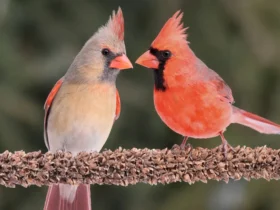The Oriental Dwarf Kingfisher (Ceyx erithaca) is a small and stunning bird that inhabits the dense forests of Southeast Asia. Renowned for its vibrant plumage and remarkable hunting abilities, this charismatic avian species captivates birdwatchers and nature enthusiasts alike. In this article, we will delve into the world of the Oriental Dwarf Kingfisher, exploring its appearance, habitat, behavior, and the conservation efforts needed to protect this precious gem of the forest.
Oriental Dwarf Kingfisher images
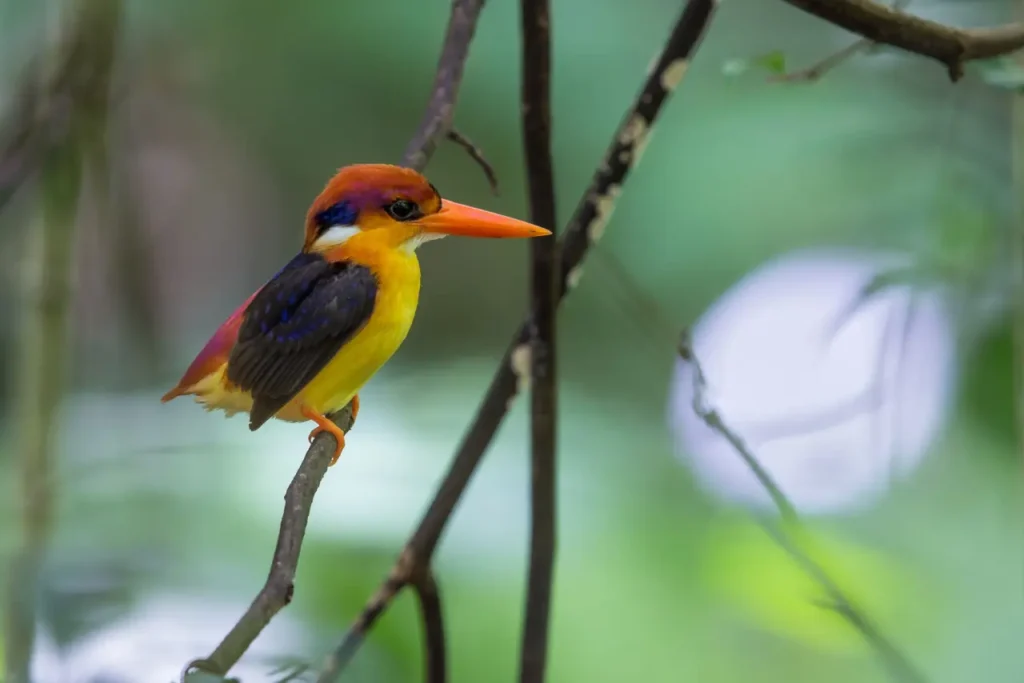


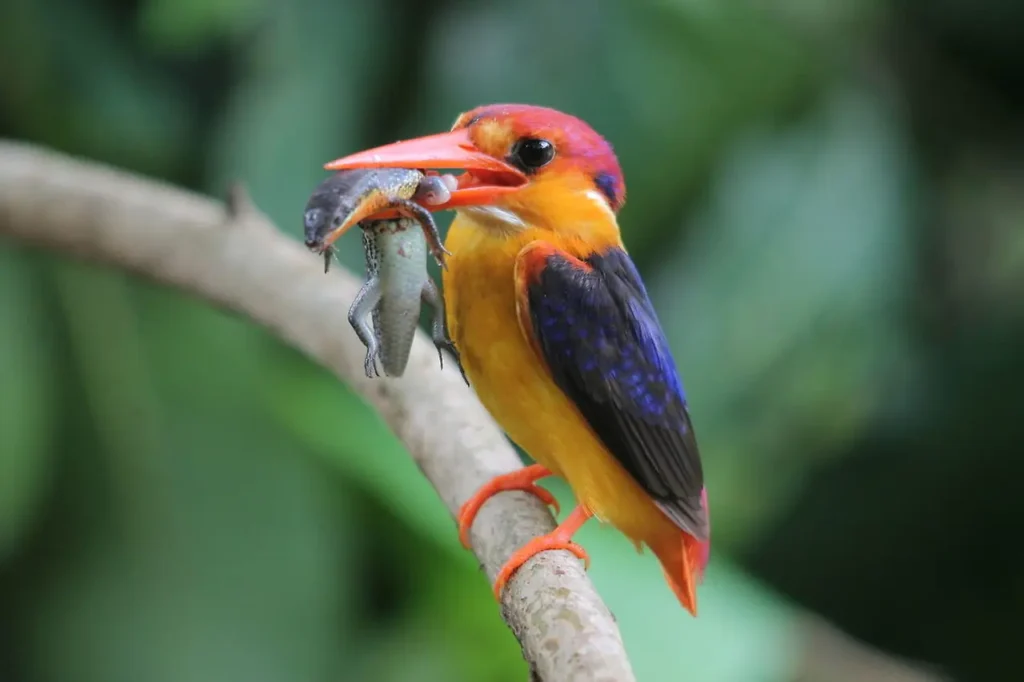
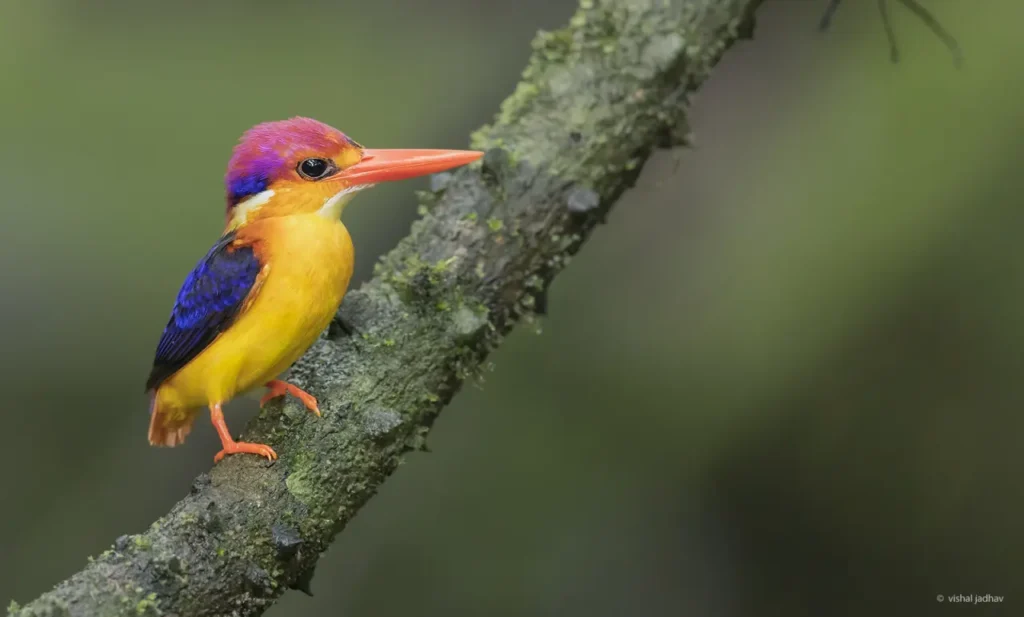

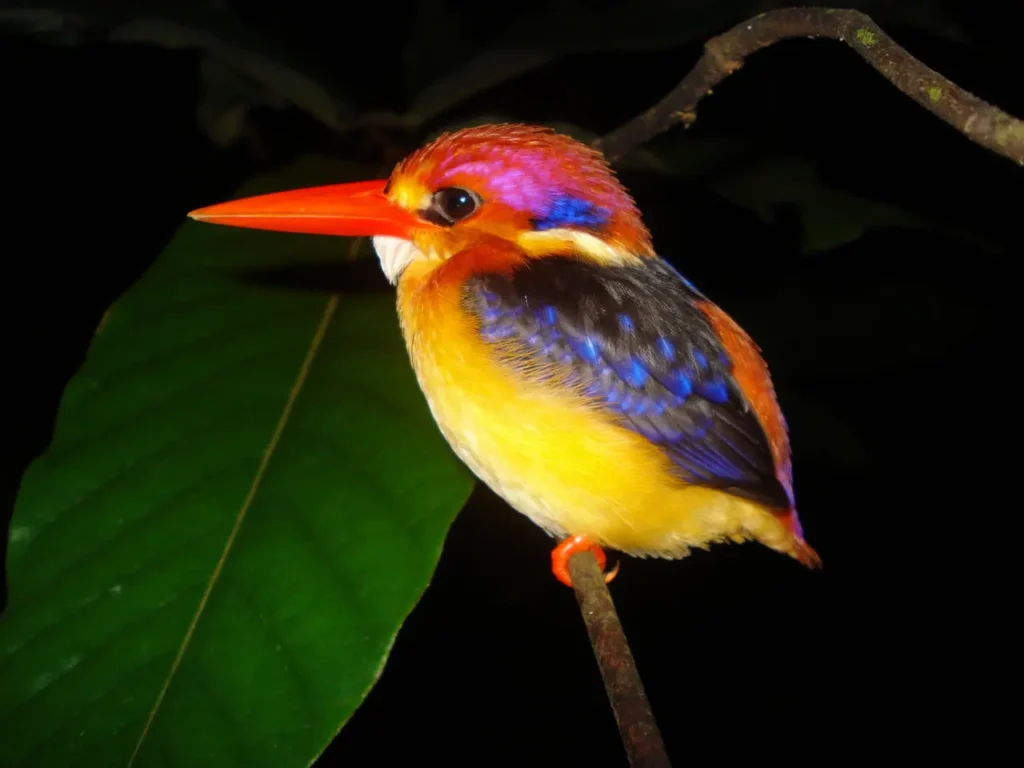







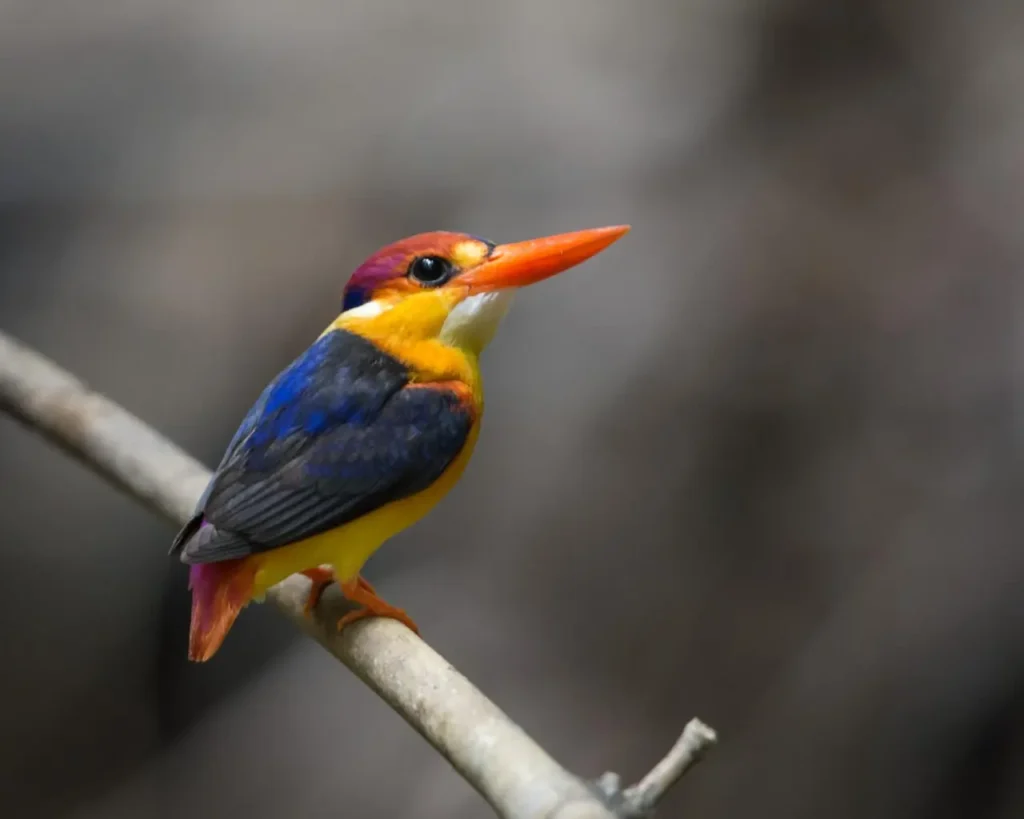

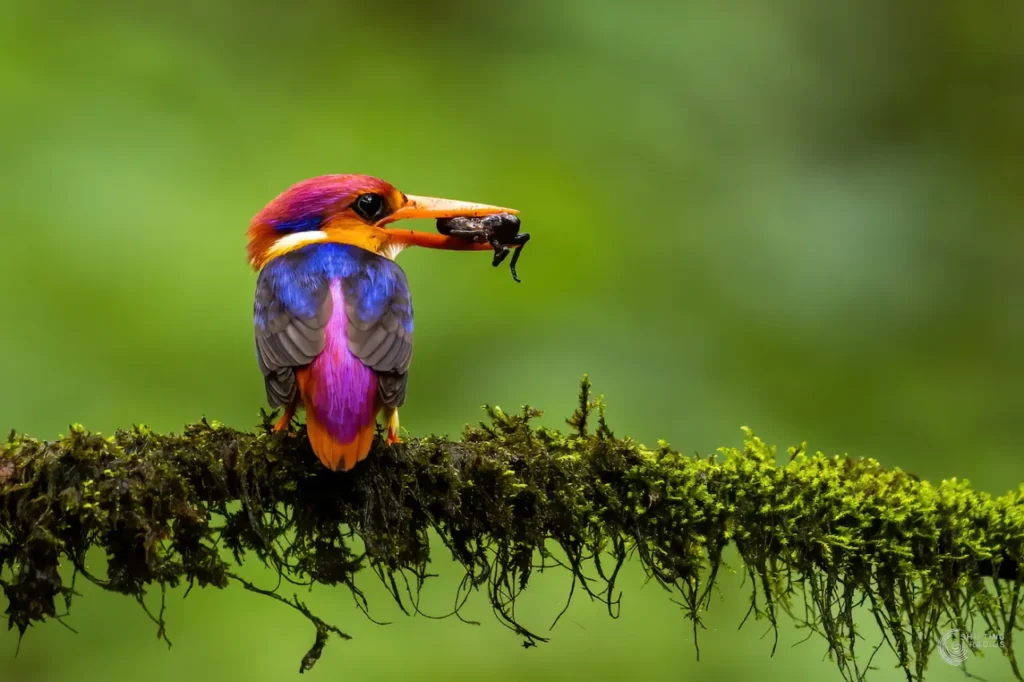


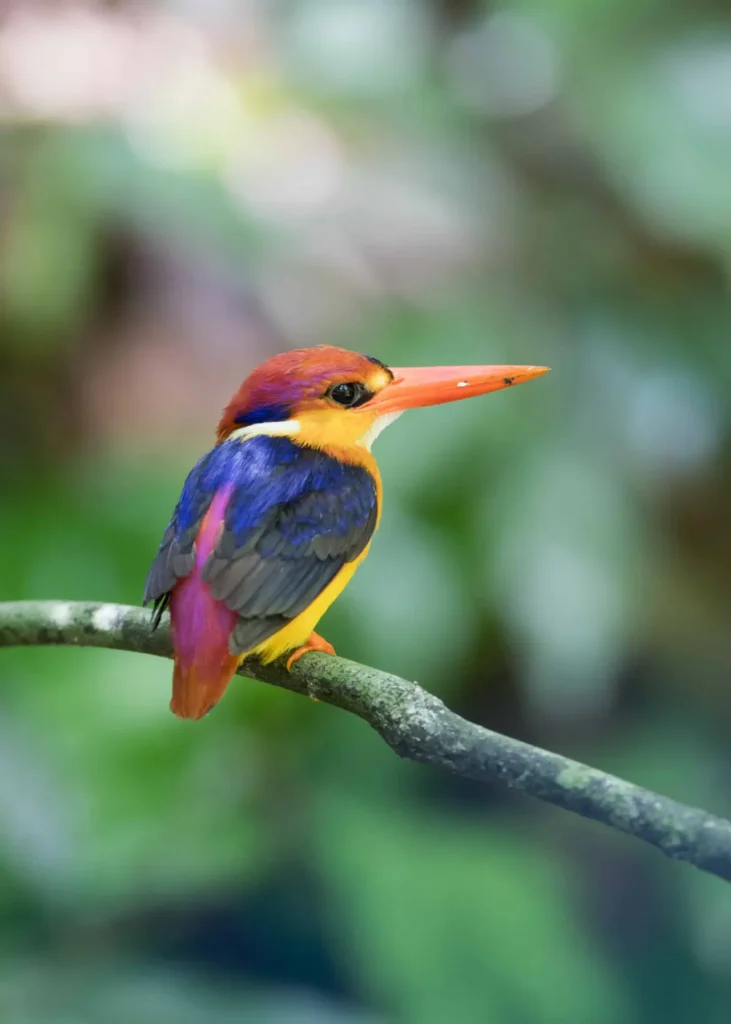
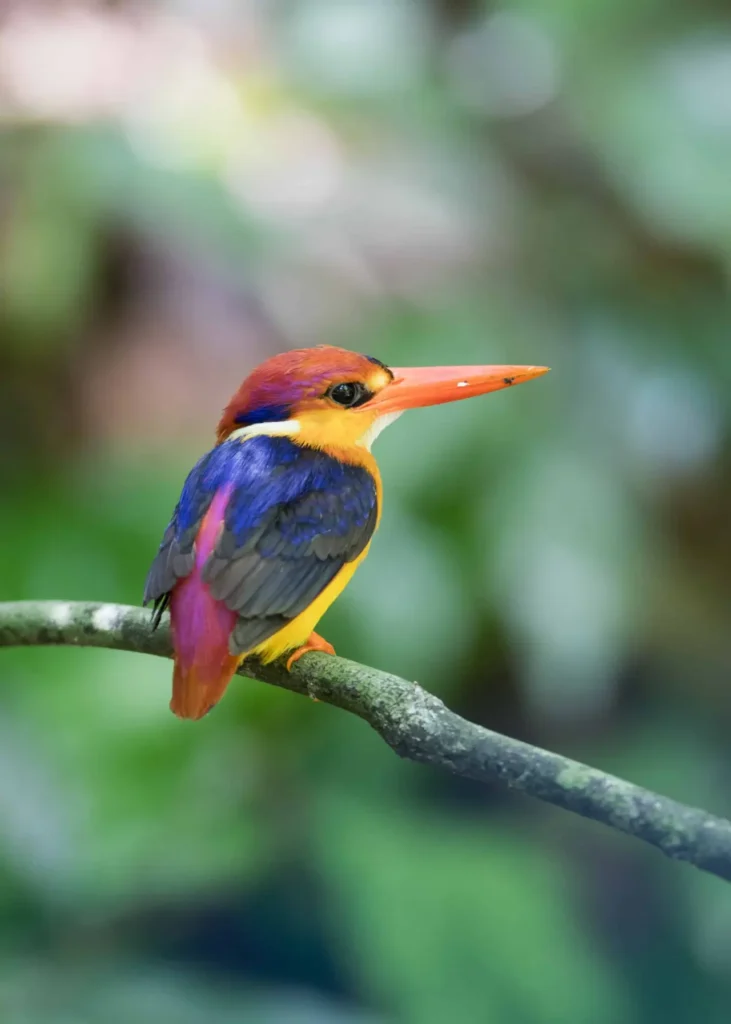


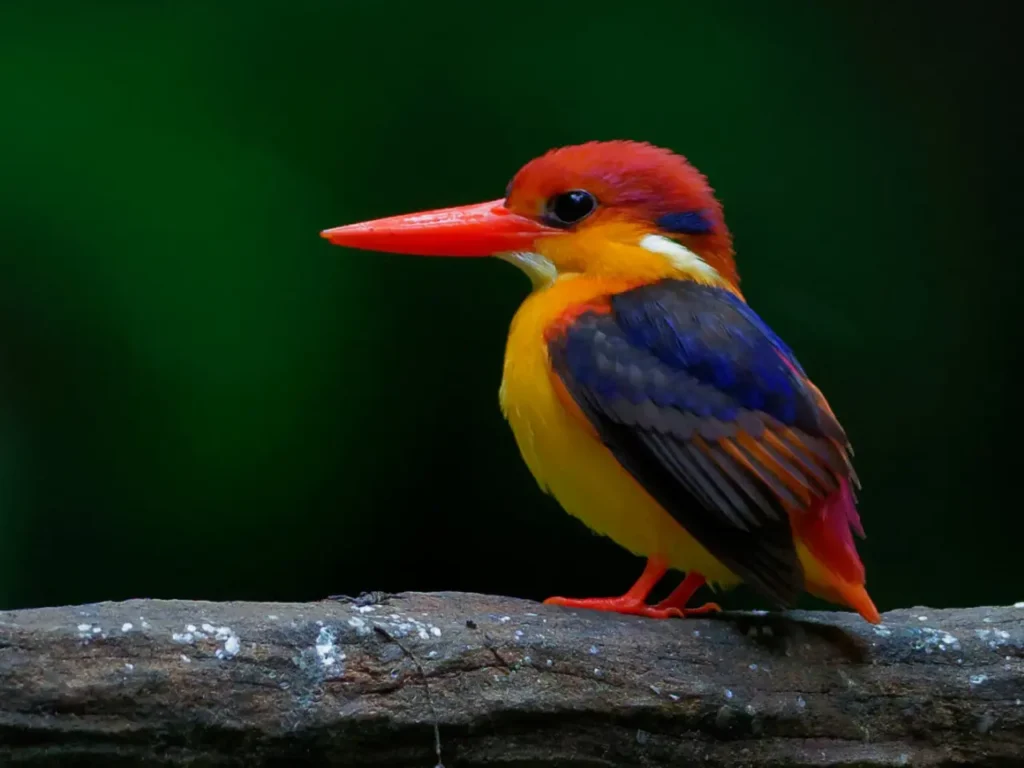


Appearance and Plumage
The Oriental Dwarf Kingfisher is a petite bird, measuring around 13 centimeters (5 inches) in length. Its most striking feature is its vivid plumage, which exhibits a kaleidoscope of colors. The upperparts are a rich, deep blue, while the head and neck showcase a stunning combination of turquoise and electric blue. The throat and underparts are a vibrant orange-red, which contrasts beautifully with the rest of its plumage. Additionally, it boasts a sturdy, dagger-like bill and short legs.
Habitat and Distribution
These dazzling birds primarily inhabit the tropical and subtropical forests of Southeast Asia, including countries such as India, Sri Lanka, Thailand, Malaysia, Indonesia, and the Philippines. They prefer dense, lowland forests, especially those near water bodies such as rivers, streams, or swamps. The Oriental Dwarf Kingfisher relies on these habitats for nesting, foraging, and breeding.
Behavior and Feeding Habits
The Oriental Dwarf Kingfisher possesses exceptional hunting skills, employing a sit-and-wait strategy to capture its prey. It perches patiently on a branch or vine close to water sources, watching for movement or the glimmer of fish or aquatic insects. When an opportunity arises, it plunges swiftly into the water, snatching its prey with precision. In addition to fish, these avian hunters also feed on small crustaceans, insects, and occasionally small amphibians.
Breeding and Nesting
During the breeding season, male Oriental Dwarf Kingfishers engage in elaborate courtship displays to attract a mate. These displays often involve intricate aerial acrobatics and the presentation of food offerings. Once a pair is formed, they work together to excavate a nesting burrow in the soil or a decaying tree trunk. The female lays a clutch of two to five eggs, which are incubated by both parents. After hatching, both parents participate in feeding the chicks until they are ready to fledge.
Conservation Status and Threats
The Oriental Dwarf Kingfisher is currently classified as a species of least concern by the International Union for Conservation of Nature (IUCN). However, like many other bird species, it faces threats such as habitat loss due to deforestation, land conversion for agriculture, and logging activities. The preservation of intact forest habitats and the implementation of conservation measures are vital for safeguarding the Oriental Dwarf Kingfisher and its unique ecosystem.:
The Oriental Dwarf Kingfisher stands as a true jewel of the forest, captivating observers with its vibrant colors and remarkable hunting abilities. Its presence adds a touch of magic to the tropical landscapes of Southeast Asia. By appreciating and conserving this enchanting species and its forest habitats, we ensure the continued survival and enjoyment of the Oriental Dwarf Kingfisher for generations to come.
